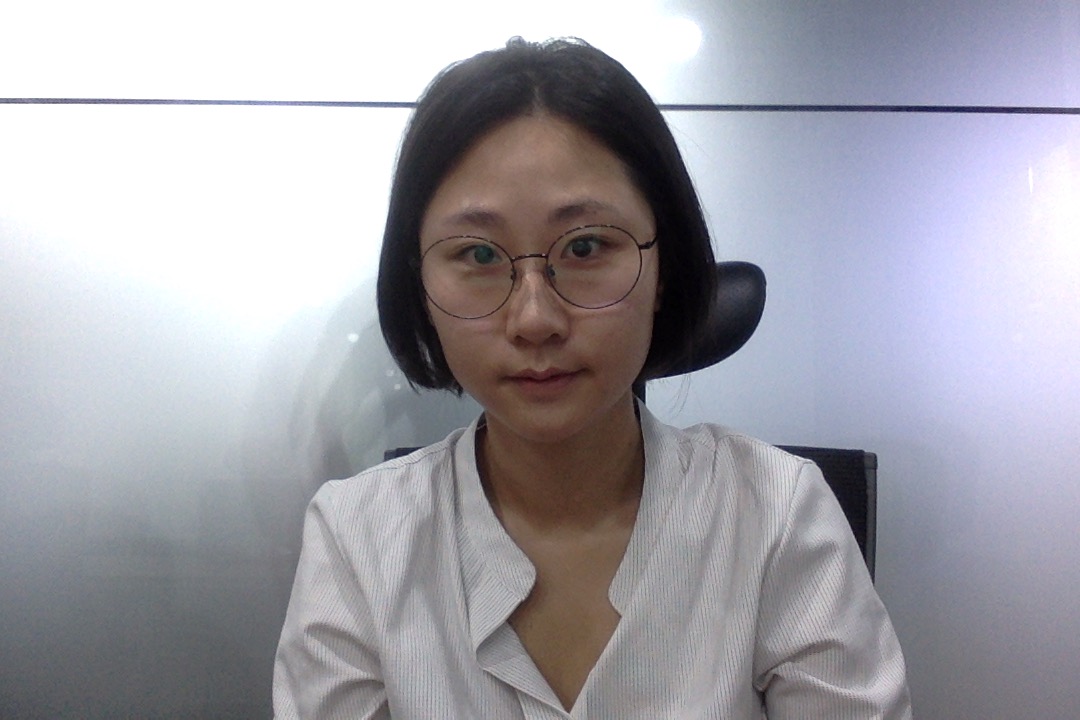PyQt Tutorial
What is PyQt?
PyQt is a set of Python v2 and v3 bindings for The Qt Company’s Qt application framework and runs on all platforms supported by Qt including Windows, OS X, Linux, iOS and Android.
- Riverbank Computing
-
Originally, Qt was a cross platform GUI Framework for C++, but Riverbank Computing created Qt for Python. This is called PyQt
-
PyQt Designer comes along with PyQt. PyQt Designer is an editing tool for GUI.
Installing on Max OS
-
Download installer packages from the official site http://www.riverbankcomputing.com/
-
Anaconda has PyQt inside its package. Install Anaconda and you’ll see the programs like Qt Designer, Qt linguist…etc.
Using Qt Designer
-
Qt Designer starts with a window that asks for a template. Choose one and Create.
-
Saving the result in .py
- Convert .ui file to .py file using pyuic5 command
cd /Applications/anaconda/bin
Go to Terminal. Find the folder where pyuic5 is.
pyuic5 -x YOUR UIFILE PATH -o OUTPUT FILE PATH
//pyuic5 -x /Users/josuhee/Documents/PythonGUI/test.ui -o /Users/josuhee/Documents/PythonGUI/test.py
pyuic5 command is executed. Be sure to check your current version. For Qt 4, the command is pyuic4.
exec python -m PyQt5.uic.pyuic youruifile -o yourpyfile -x
If any error occurs, google the error. In my case, “module not found” was on the error message. The line above helped me a lot.
Writing Codes
Steps
-
Import PyQt module
-
Create Application Object
-
Set a window and widgets
Classes
-
QObject: The base class for all Qt Objects.(top in the hierarchy) with QPaintDevice which is the base class for all Qt objects that can be painted.
-
QApplication: manages the GUI’s control flow and main settings. This has the main event loop where all events are processed.
-
QWidget: The base class for all user interface objects. This class comes from QObject and QPaintDevice
-
For more info, http://pyqt.sourceforge.net/Docs/PyQt4/classes.html
Widgets
-
QLabel
-
QlineEdit
-
QPushButton
-
QRadioButton
-
QCheckBox
-
QComboBox
-
QSpinBox
-
QSlider Widget & Signal
-
QMenuBar, QMenu & QAction
-
QToolBar
-
QInputDialog
-
QFontDialog
-
QFileDialog
-
QTab
-
QStacked
-
QSplitter
-
QDock
-
QStatusBar
-
QList
-
QScrollBar
-
QCalendar
Layout
- setGeometry()
QWidget.setGeometry(xpos, ypos, width, height)
Signals and Slots
- Event
User’s actions. For example, a button click, selecting an item.
- Signal
In response to one or more events, PyQt widgets send signal. Signal does not induce any action.
- Slot
The signal is connected to Slot, which is a Python callable function. One signal can be connected to many slots.
For more info, http://pyqt.sourceforge.net/Docs/PyQt4/new_style_signals_slots.html
Example
Basic Frame
import sys
from PyQt5 import QtCore, QtGui, QtWidgets # Import modules from PyQt5
class Ui_MainWindow(QtWidgets.QMainWindow): #Class for your GUI. In this case, Ui_MainWindow inherited class from QMainWindow.
def __init__(self): #Initialization of Ui_MainWindow
super(Ui_MainWindow,self).__init__() #Initialization of QMainWindow
self.setupUi() #Set up layout & signals and slots
def setupUi(self):
self.setGeometry(500, 500, 800, 600)
title_label = QtWidgets.QLabel("Cm to Inch", self)
title_label.move(310, 60)
title_label.resize(201, 51)
font = QtGui.QFont()
font.setPointSize(40)
title_label.setFont(font)
title_label.setAlignment(QtCore.Qt.AlignCenter)
cm_label = QtWidgets.QLabel("Cm", self)
cm_label.move(190, 120) #Sinch there is QtCore, cm_label.setGeometry(QtCore.QRect(520, 120, 91, 41))
cm_label.resize(91, 41)
font = QtGui.QFont()
font.setPointSize(19)
cm_label.setFont(font)
cm_label.setAlignment(QtCore.Qt.AlignCenter)
inch_label = QtWidgets.QLabel("Inch", self)
inch_label.move(520, 120)
inch_label.resize(91, 41)
font = QtGui.QFont()
font.setPointSize(19)
inch_label.setFont(font)
inch_label.setAlignment(QtCore.Qt.AlignCenter)
self.input_lineEdit = QtWidgets.QLineEdit("",self)
self.input_lineEdit.move(160, 180)
self.input_lineEdit.resize(160, 80)
self.result_label = QtWidgets.QLabel("", self) #Other function (not setupUi) refers this label.
self.result_label.move(490, 180)
self.result_label.resize(160, 80)
font = QtGui.QFont()
font.setPointSize(33)
self.result_label.setFont(font)
convert_button = QtWidgets.QPushButton("Convert",self)
convert_button.move(350,350)
convert_button.resize(113,32)
convert_button.clicked.connect(self.btn_clicked)
def btn_clicked(self):
cm_input = float(self.input_lineEdit.text())
inch_output = cm_input*0.393701
self.result_label.setText(str(inch_output))
if __name__ == "__main__": #These lines below are essential for running
app = QtWidgets.QApplication(sys.argv)
mywindow = Ui_MainWindow()
mywindow.show()
app.exec_()
- ! contains Quotes from the official page (Classes)
